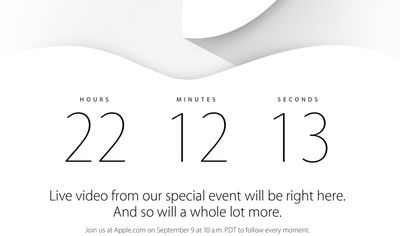At a special media event today, Apple announced its new Apple Pay payment solution for the iPhone 6 and iPhone 6 Plus, which utilizes the Touch ID fingerprint sensor, a new "Secure Element" functionality, and the built-in NFC antenna in conjunction with a credit card stored on iTunes. Apple Pay will also be compatible with the just-announced Apple Watch.
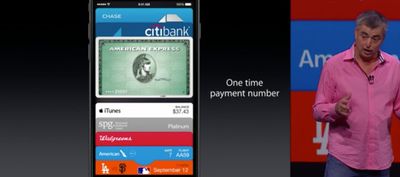
To make a payment, users hold the iPhone 6 or iPhone 6 Plus to a receiver while holding the Touch ID home button. Apple states that card numbers will only be stored or shared in Secure Element, and if an iPhone is ever lost or stolen, Find my iPhone can suspend all payments. Apple is also touting privacy, stating that it does not record what users bought or how much they paid. Cashiers also do not see a name, credit card number, or security code.
“Security and privacy is at the core of Apple Pay. When you’re using Apple Pay in a store, restaurant or other merchant, cashiers will no longer see your name, credit card number or security code, helping to reduce the potential for fraud,” said Eddy Cue, Apple’s senior vice president of Internet Software and Services. “Apple doesn’t collect your purchase history, so we don’t know what you bought, where you bought it or how much you paid for it. And if your iPhone is lost or stolen, you can use Find My iPhone to quickly suspend payments from that device.”

Apple Pay will first launch in the United States next month as an update to iOS 8 and will be compatible with American Express, Mastercard, and Visa credit and debit cards, with Citi, Bank of America, Capital One, Wells Fargo, and Chase also listed as partners.
Apple highlights that the program will work with over 220,000 U.S. retail stores, including Walgreens, Duane Reade, Macy's, Nike, Bloomingdales, Staples, Subway, McDonalds, and more. Apple will also launch a new Apple Pay API for developers to integrate the system into their apps.


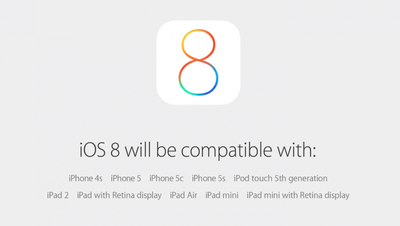
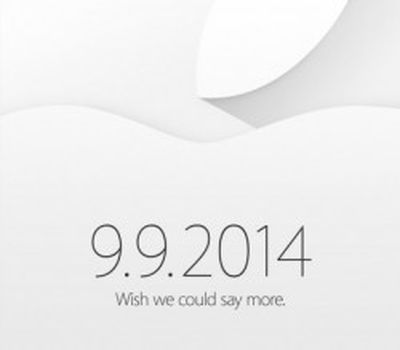 Apple's highly anticipated September media event is being held today at the Flint Center for the Performing Arts in Cupertino, the site of the unveiling of the original Macintosh and iMac.
Apple's highly anticipated September media event is being held today at the Flint Center for the Performing Arts in Cupertino, the site of the unveiling of the original Macintosh and iMac.

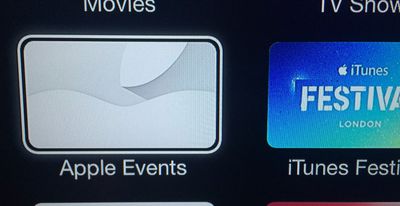



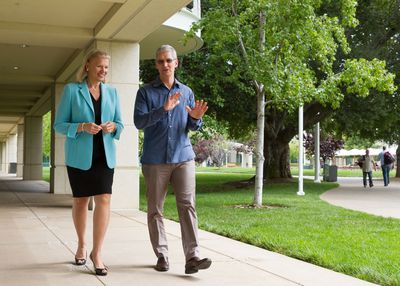
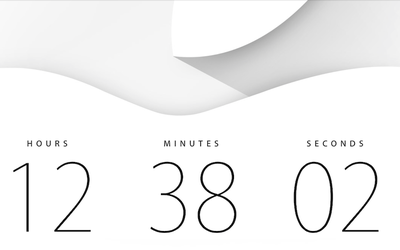
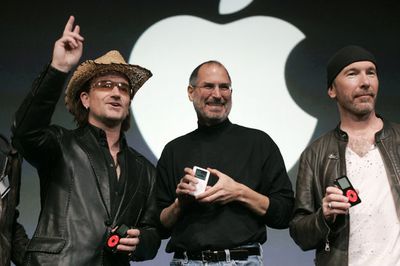

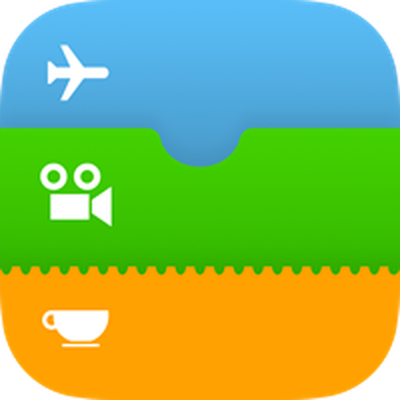 Apple may be developing a rewards program as part of its mobile payments initiative, reports
Apple may be developing a rewards program as part of its mobile payments initiative, reports 